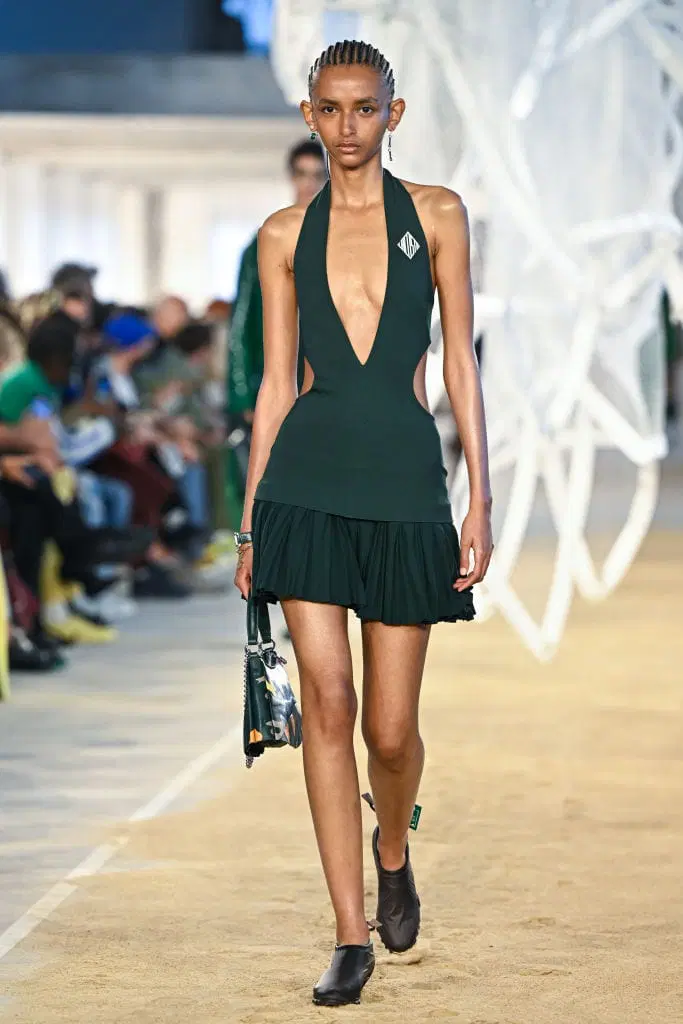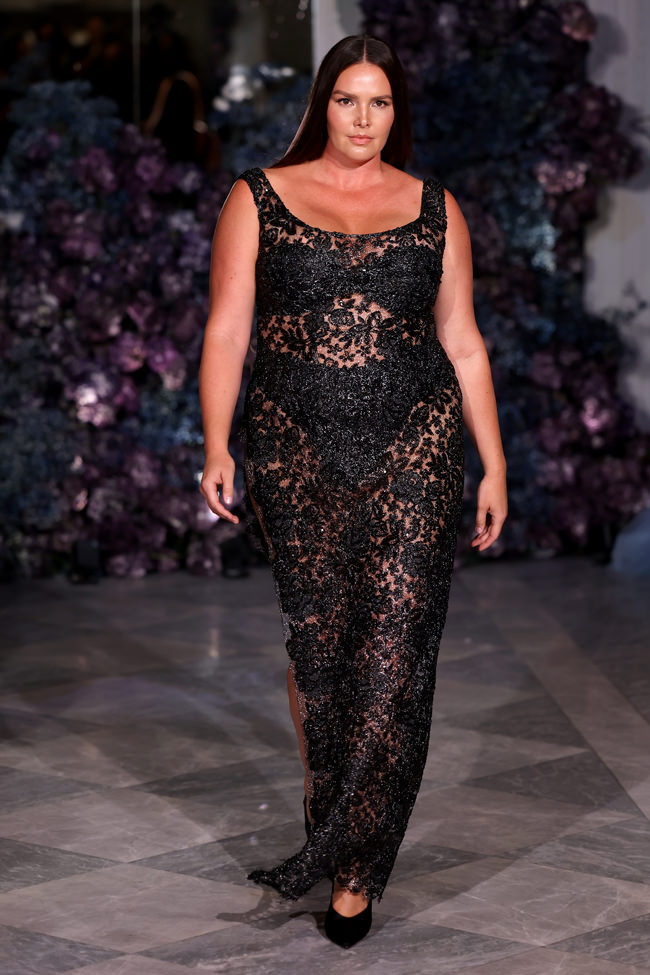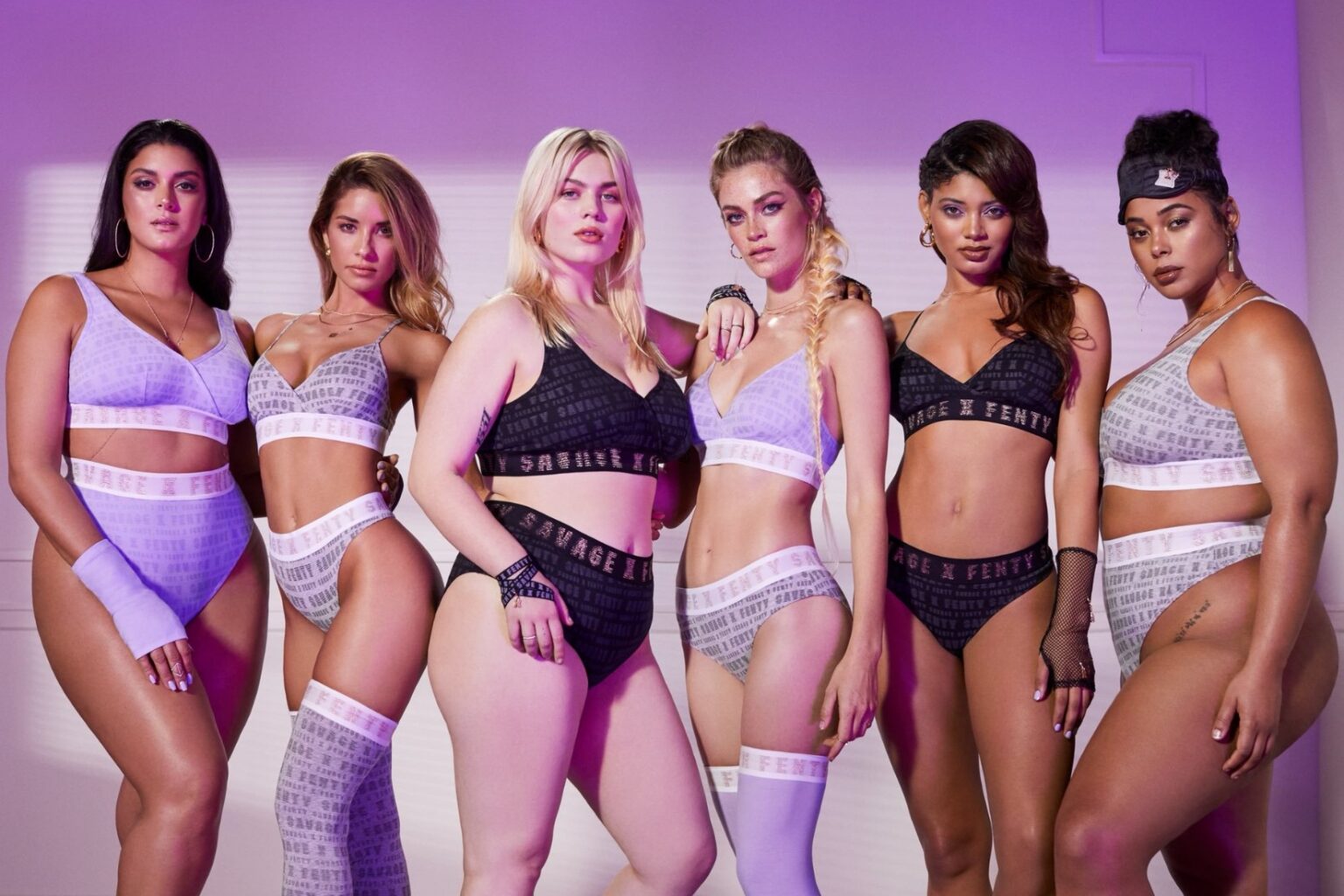The body positivity backlash in fashion is fueling an intense debate, raising urgent questions about where beauty standards are headed next. Over the past decade, the industry has celebrated progress toward inclusivity, placing plus-size, mid-size, and disabled bodies on runways and in campaigns. Yet, in recent seasons, the pendulum seems to be swinging back.
Take 2024, for example. Victoria’s Secret reimagined its fashion show with a wider spectrum of body types, a symbolic move toward modern inclusivity. Rihanna’s Savage X Fenty series went even further, consistently setting the standard by casting models of all sizes, ages, and backgrounds.
However, the applause for these milestones is now giving way to unease. Thinness, once dethroned, is staging a comeback—and with it, renewed cultural pressure to conform to a narrow and exclusionary ideal.
The Roots of the Backlash

The backlash against body positivity in fashion didn’t happen overnight. After years of brands championing inclusivity in their language and imagery, consumers began to question just how authentic those promises were. Too often, campaigns spotlighted plus-size models once or twice, only to revert to sample sizes the following season. For many, the effort felt more like a fleeting aesthetic choice than a genuine transformation in hiring practices or garment production.
Meanwhile, cultural trends helped fuel the regression. The revival of Y2K fashion and the return of “heroin chic” silhouettes have ushered ultra-thin imagery back into the spotlight. Runways at recent fashion weeks mirrored this shift, with noticeably fewer diverse body types gracing the stage. On social media, the effect was amplified: trending aesthetics once again celebrated smaller frames, repackaged under the language of “clean lines” and “minimal tailoring.”
Shifting Beauty Ideals in 2025
Beauty ideals have always been fluid, but the backlash against body positivity underscores just how quickly they can reverse. In the 2010s, brands embraced curves in response to a cultural wave powered by influencers, activists, and shifting consumer demand. Fast forward to 2025, and nostalgia for earlier fashion eras, combined with the viral churn of microtrends, has once again put smaller bodies at the center of attention.
This reversal is reshaping how audiences engage with fashion. On one side, some are drawn to the pared-down aesthetic of today’s runways. On the other hand, many feel alienated, frustrated by what they view as a quiet erasure of hard-won progress. Out of this tension, new conversations are gaining momentum—centered not just on body positivity, but on body neutrality and body liberation, each advocating for a vision of beauty that transcends size altogether.
The Role of Social Media in the Backlash
Social media has become both a driver and a mirror of fashion’s body positivity regress. Influencers who once thrived by championing diverse representation are now struggling to hold engagement when they post unfiltered or unretouched images. Algorithm-driven trends increasingly reward glossy, idealized aesthetics, pressuring creators to conform to the thinner, hyper-polished imagery dominating feeds.
Yet, a countercurrent is rising. Content tagged with “body liberation” and “real bodies” may not command the same viral reach, but it is cultivating dedicated, loyal communities. These creators reject the notion that beauty must bend to fashion’s cyclical ideals, instead advancing a vision of style that prioritizes self-expression over size or symmetry.
Cultural Tension on the Runway and in Retail

The backlash against body positivity has exposed a growing tension between high fashion and consumer demand. Luxury houses still set the tone for the industry, and when their runways return to ultra-thin casting, the effect trickles down. Fast-fashion brands often follow their lead, reinforcing narrow ideals through the imagery consumers encounter daily.
Still, resistance is taking shape. Independent labels and select mid-tier brands are proving that inclusivity doesn’t have to be a passing gesture. Designers like Christian Siriano, Mara Hoffman, and Chromat consistently feature a spectrum of body types and commit to extended sizing. Their work demonstrates that representation can be both commercially viable and creatively inspiring when it is embedded in a brand’s DNA rather than treated as a seasonal experiment.
A Shift Back to Smallness: Industry Voices Raise the Alarm

British Vogue editorial director Chioma Nnadi has spoken candidly about the shift. In an interview with BBC Radio 4, she pointed out that the renewed preference for ultra-thin models is not happening in isolation. Instead, it is being propelled by broader cultural currents—most notably the surge in Ozempic use among celebrities, which has redefined beauty ideals almost overnight.
“We’re in this moment where we’re seeing the pendulum swing back to skinny being ‘in’… We don’t want them to be treated like a trend,” Nnadi said.
She stressed that while Vogue remains committed to showcasing models beyond sample size, the industry’s infrastructure tells a different story. Designers continue to produce collections almost exclusively in sample sizes, effectively narrowing the casting pool. Reflecting on recent fashion weeks, Nnadi acknowledged that body diversity was noticeably absent, underscoring how systemic practices still undermine inclusivity on the runway.
“It felt almost like, at certain shows, the models were especially thin. Hopefully, the season will be a wake-up call.”
What’s Next for Body Representation in Fashion

The body positivity backlash in fashion may mark the close of its first chapter, but it also sets the stage for new movements to emerge. Many industry watchers point to body neutrality—a philosophy that centers on what bodies can do rather than how they appear. Others envision a more intersectional approach, one that expands the conversation to include race, age, gender identity, and ability alongside size diversity.
Looking ahead, fashion’s challenge is clear: preserve genuine diversity while navigating shifting ideals. That requires moving beyond token gestures and embedding inclusivity into the DNA of brands—from the clothes they produce to the casting decisions they make. It also means listening to voices like Chioma Nnadi’s, who warn of the risks of regression and call for structural reforms, from sample sizing to runway standards.
For consumers, resistance will play out both online and at the register. Choosing to support brands that extend sizing, embrace unretouched imagery, and commit to inclusive casting is one way to keep the pressure on an industry quick to revert.
Ultimately, the staying power of body positivity depends on its ability to evolve. The backlash is more than a step backward; it is a reminder of what’s at stake if inclusivity becomes optional. The question now is whether fashion—and its audience—are willing to fight for progress rather than watch it fade.
Final Thoughts

Fashion has always mirrored culture, and the body positivity backlash is no exception—it reflects both the progress achieved and the resistance pushing back. As some corners of the industry retreat to older beauty ideals, others continue to champion more expansive, inclusive visions of style.
Yet the conversation runs deeper than casting choices. The body positivity backlash isn’t just about who walks the runway; it’s about the cultural signals sent to millions of consumers. When thinness reclaims its place as the gold standard, other body types risk being sidelined, eroding the sense of representation that felt so hard-won only a few years ago.
The challenge for 2025 and beyond is unmistakable: to weave representation into the fabric of fashion permanently, ensuring that inclusivity endures as a core value—not a fleeting trend.
Featured image: SKIMS
For the latest in fashion, lifestyle, and culture, follow us on Instagram @StyleRave_
—Read also
Revenge Of The Bullet Bra: Fashion’s Most Defiant Undergarment Returns
